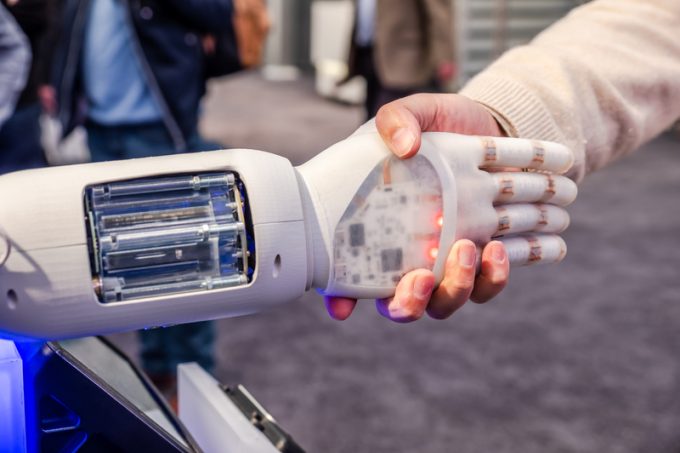Teamsters union vows UPS will be 'in for a hell of a fight' over jobs cull
“UPS will be in for a hell of a fight” said the Teamsters Union yesterday, ...

UPS is in the process of fine-tuning its management of deliveries by leveraging artificial intelligence (AI) to inject more live data into its operations.
At the end of January the integrator began the roll-out of its On-Road Integrated Optimization and Navigation platform, which gives drivers the ...
CMA CGM South Korean staff strike over bonuses after bumper 2024 profit
'Another painful headache for shippers' as Asia-N Europe rate rally ends
Amazon Air Cargo partners-up for new transpacific route into the US
MSC switches two more Asia-Europe port calls from congested Antwerp
Ports and supply chain operators weigh in on funding for CPB
Nightmare for Bangladeshi exporters as congestion and tariffs bite
CMA airline returns two freighters, while ANA takeover of NCA looms
Carriers introduce surcharges as congestion builds at African ports

Comment on this article